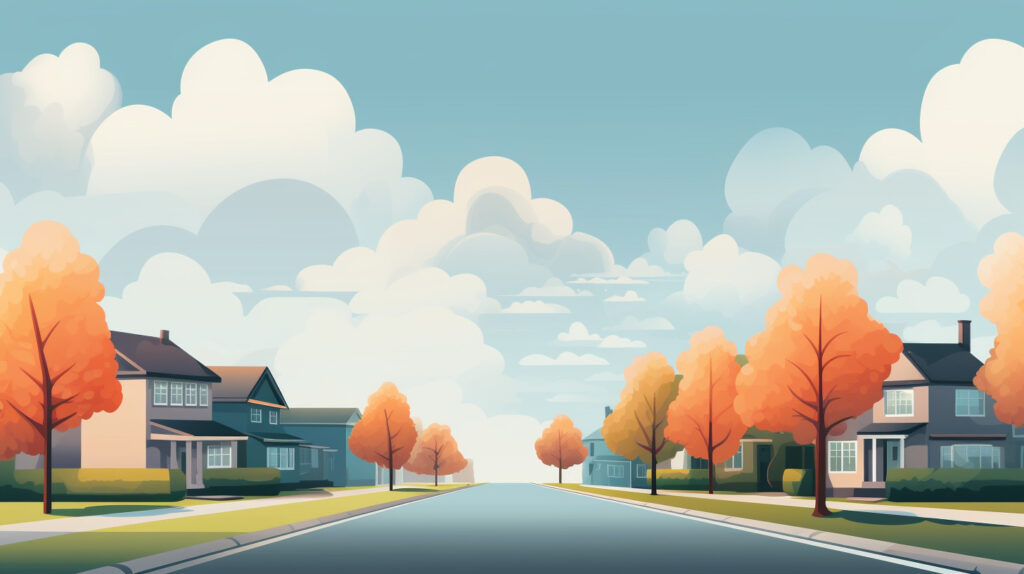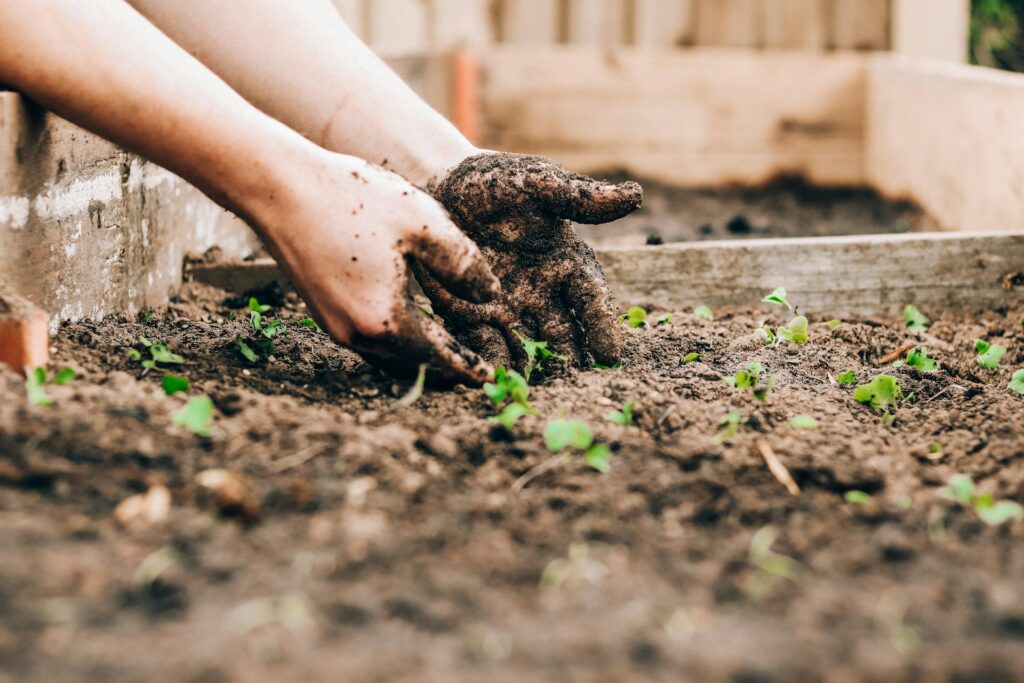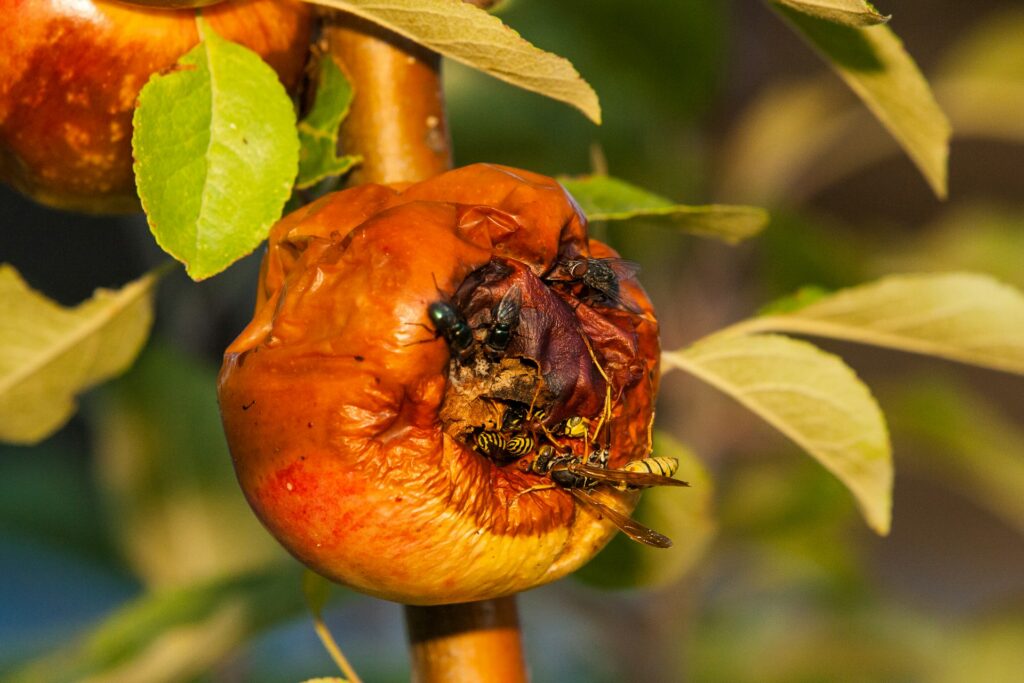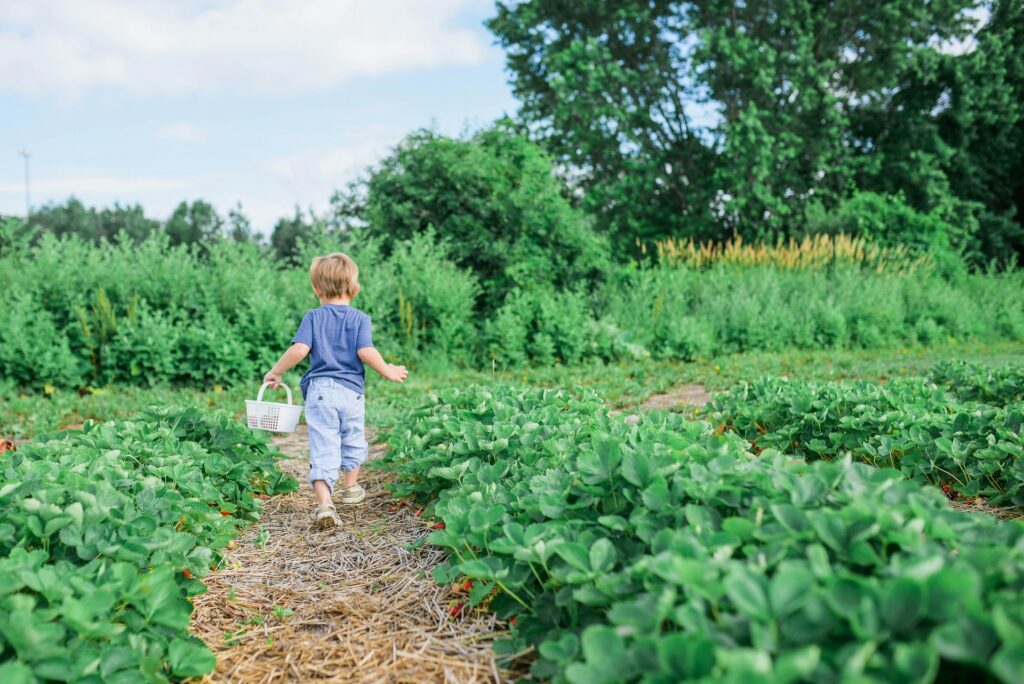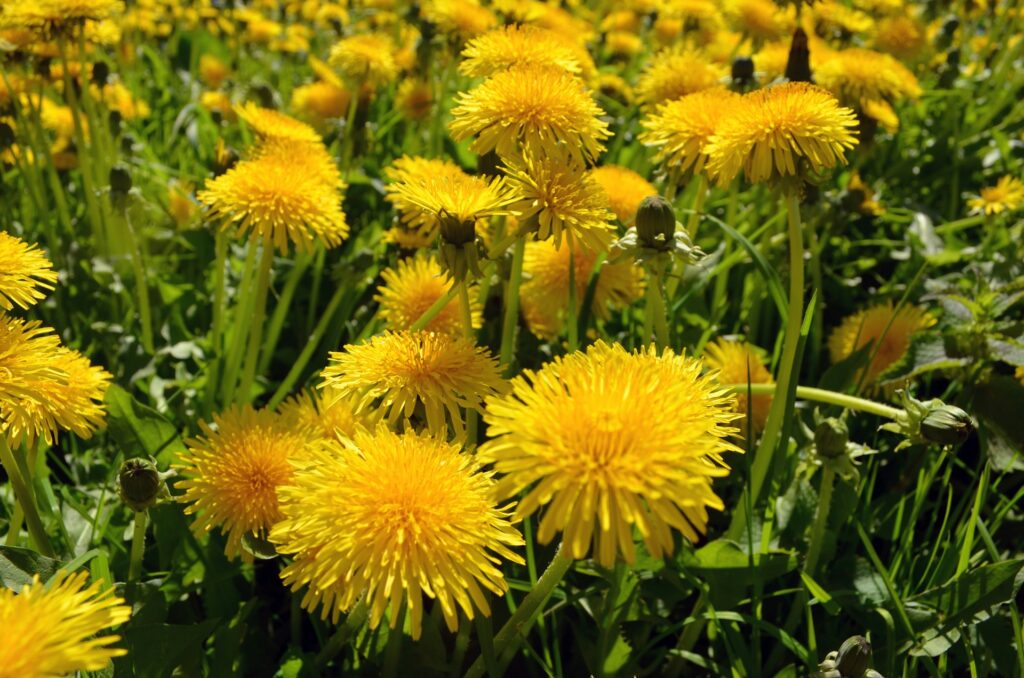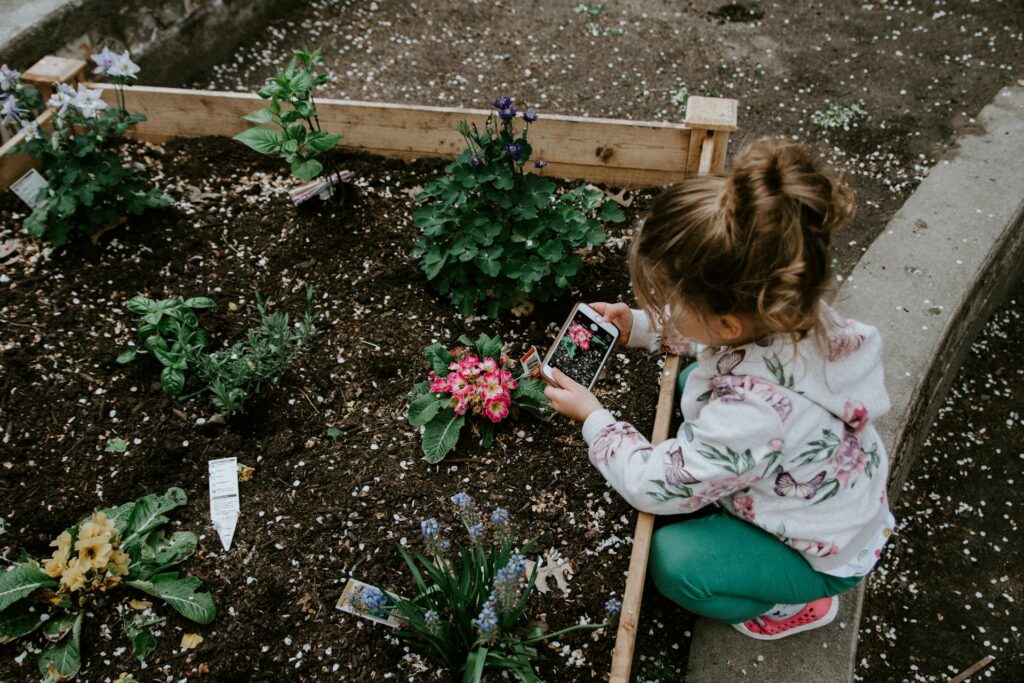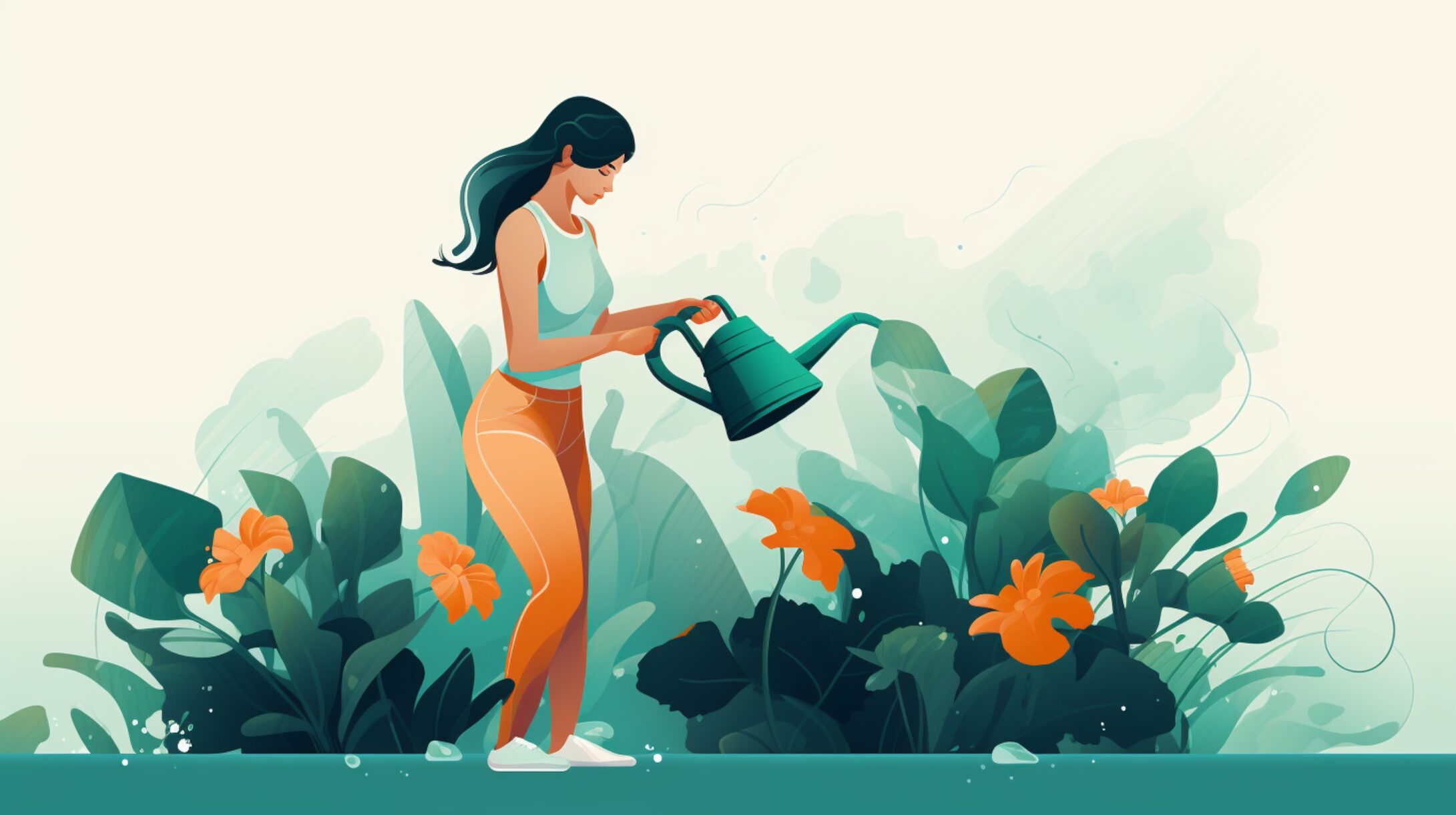
We are reader-supported. When you buy through links on our site, we may earn an affiliate commission.
Many people are beginning to plant their gardens. Gardeners all have their own practices that they follow every year. However, as the sustainability trend makes its way into every aspect of life, more seasoned gardeners — and even new gardeners — want to make the switch to sustainable gardening practices.
Sustainable gardening has gained popularity in recent years, especially with climate change and urban farming as hot topics. If you want to make a difference for the planet and grow your own food, then you might want to consider gardening sustainably.
Defining Sustainable Gardening
What is sustainable gardening anyway? While there’s no set definition, sustainable gardening is based on organic gardening, in that it uses eco-friendly methods and gives back to the earth. The end goal is to sustain and maintain good soil health, as well as using fewer chemicals. It has evolved because more and more people have become aware of the impacts of traditional gardening methods.
Sustainability is a lifetime practice. Once you have the mindset of being sustainable in anything from gardening to the clothes you purchase, you will often try to be sustainable in your daily life. It becomes a lifestyle of bettering the environment.
With sustainable gardening, you will often be able to conserve energy, water and other natural materials. Plus, those who garden sustainably tend to save money as well. Both you and the environment will benefit from sustainable gardening.
Sustainable Gardening Practices
Every sustainable gardener aims to better the environment. There are some keystone sustainable gardening practices that are natural and perpetuate nourishment.
Here are some of the main elements that make up sustainable gardening. They’ll give you a solid place to start if you want to garden sustainably.
Composting
Out of all of the sustainable gardening practices, this is the one you should begin with. Composting adds so many nutrients to your soil, allowing the soil to build strength to sustain your vegetation. Every time you compost, you’re sending less waste to the landfill.
Instead of throwing away your food scraps and lawn clippings, add them to a compost bin or pile. As the compost materials sit and mix, they’re breaking down so you can add it as a fertilizer to your garden. It’s completely natural and doesn’t cost any extra money to make.
Growing Native Plants
Before you plant anything in your garden, make sure that the plants can survive and thrive in your climate. Plus, try to grow native vegetation as well. Nature has already designed plants that are perfect for your climate, so don’t try to bring in non-native plants that won’t grow as well.
These plants can tolerate drought, strong winds and heavy rain, which means you’ll be able to conserve water and not have to worry about plant loss if there’s a storm. Native plants will also add nutrients back into your soil, and they’ll attract beneficial insects.
Companion Planting
Companion planting is a natural way to repel pests or to enhance the growth of another plant. Certain pests are attracted to certain vegetation. By planting a companion plant, though, the pest will avoid your vegetable plants. Here are a few examples of companion plants:
- Basil, paired with tomatoes, repels mosquitoes and aphids, and it attracts bees for pollination.
- Sage repels carrot flies.
- Sunflowers grow tall, which helps support climbing plants like cucumbers and peas.
There are many other pairings, so do your research for the perfect companion plants.
Conserving Water
Another key element of sustainable gardening is to conserve water whenever possible. Those living in developed countries often don’t realize or take for granted the importance of water. To ensure the water supply you have remains fresh and clean, you should conserve it.
One way to ensure you have a fresh water supply is by not using chemical pesticides or herbicides. Plus, you can collect water in a barrel to use for your garden. Also, using compost and mulch over vegetation helps it retain moisture, so you won’t need to use as much to water your plants.
Saving Seeds
Finally, you can practice sustainable gardening by saving seeds. At the end of your gardening season, once you harvest all of the vegetables, save the seeds! Dry them out and keep them in an airtight container in a cool, dry place. That way, you won’t have to purchase new seeds the following year.
If your plants did well this season, the seeds you save will ensure that your plants the next year do just as well since they’re from the same source. If you’ve never saved seeds before, start by saving easier plants, like peas, beans, cucumbers and peppers. Once you get the hang of it and know how to start the seeds, you can branch out to more difficult-to-grow plants.
How Will You Make Your Garden More Sustainable This Year?
Now that you know the sustainable gardening basics, how will you make your garden more sustainable this year? Sustainable gardening is a great step towards a sustainable lifestyle. You’re making healthier choices for both yourself and the environment!


